For ball python owners, few topics generate as much discussion and sometimes controversy as the choice between live and frozen prey. This fundamental aspect of snake care involves considerations of ethics, safety, nutrition, and animal welfare. Whether you’re a first-time snake owner or an experienced herpetologist, understanding the nuances of this debate can help you make informed decisions about your pet’s diet. Ball pythons, native to West and Central Africa, have specific feeding requirements that must be met for them to thrive in captivity. Let’s explore the various dimensions of this important aspect of ball python husbandry.
Natural Feeding Behavior of Ball Pythons
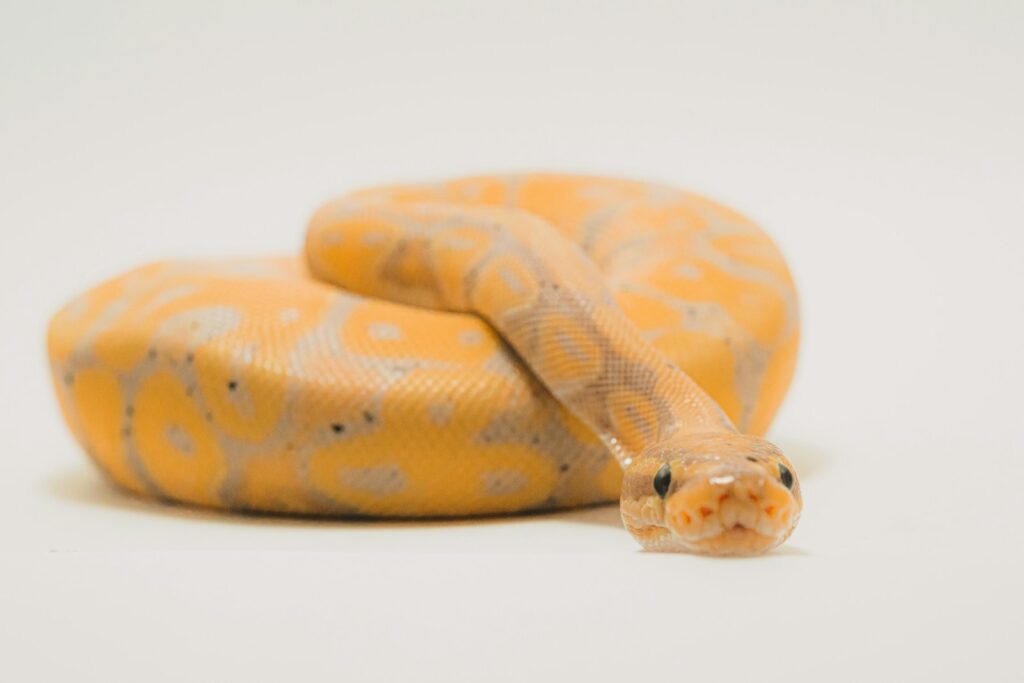
In their natural habitat, ball pythons are ambush predators that consume small mammals such as rats, mice, and occasionally birds. They typically hunt during nighttime hours, using their heat-sensing pits to locate warm-blooded prey. Wild ball pythons exclusively consume live prey, striking quickly and constricting their victim before swallowing it whole. This hunting behavior is instinctual and deeply ingrained in their biological programming. Understanding these natural behaviors provides important context for captive feeding decisions, though it’s worth noting that captive environments differ significantly from wild ones in ways that impact feeding practices.
The Case for Frozen-Thawed Prey
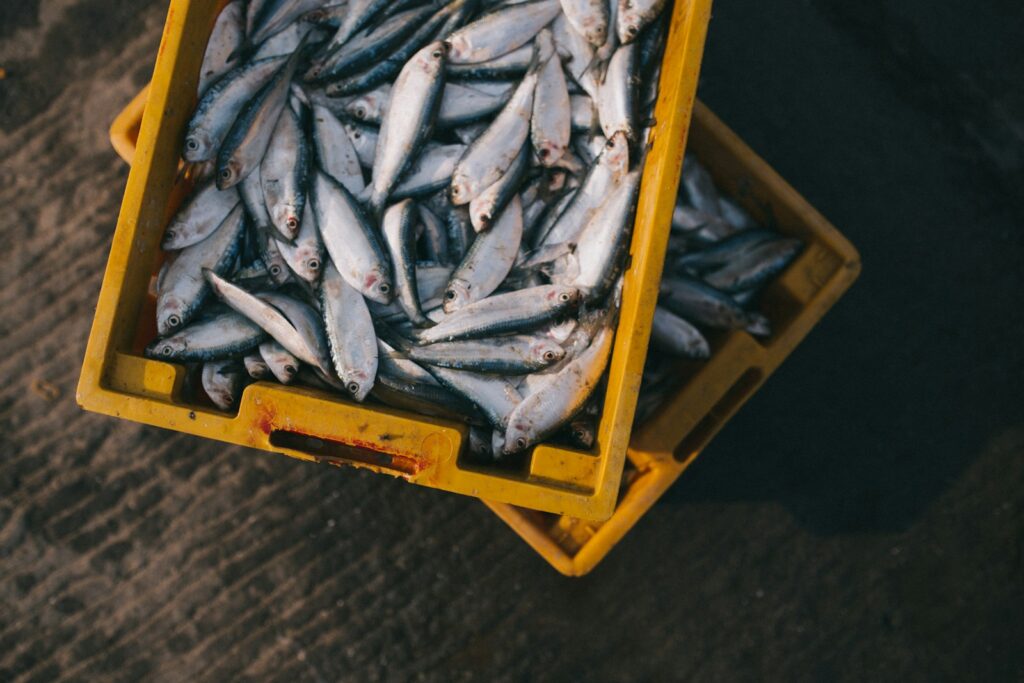
Frozen-thawed feeding has become the recommended practice by most reptile veterinarians and experienced keepers for several compelling reasons. When properly prepared, frozen rodents offer complete nutrition equivalent to live prey, eliminating concerns about nutritional differences. This method eliminates the risk of injury to the snake from prey fighting back, which can include serious wounds like eye damage, scales tears, and even life-threatening internal injuries. Frozen prey can also be purchased in bulk and stored, creating convenience for owners and reducing the frequency of trips to pet stores. Additionally, many keepers find the euthanasia aspect more humane, as commercial frozen rodents are typically euthanized using methods that minimize suffering compared to the potentially prolonged death by constriction.
Safety Concerns with Live Feeding
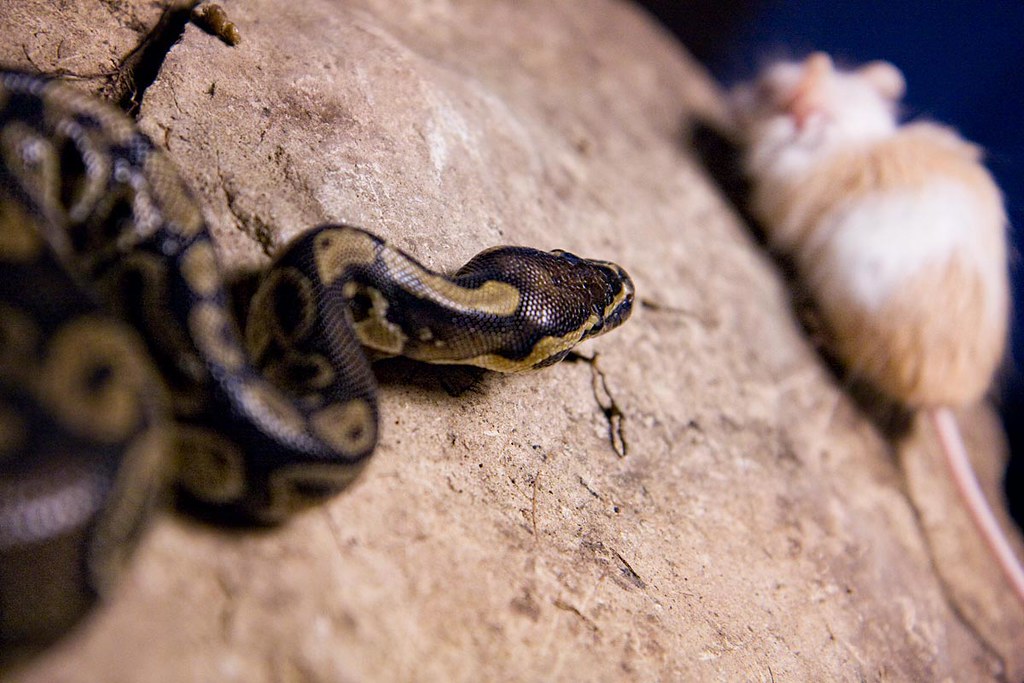
Live feeding presents several significant safety risks that responsible snake owners should carefully consider. Rodents, especially rats, can inflict serious damage on a snake with their sharp teeth and claws, particularly if the snake isn’t hungry or misses its strike. These injuries can range from minor scratches to severe wounds requiring veterinary intervention, and in extreme cases, can even be fatal. The risk is heightened if the snake is left unattended with live prey, which should never be done. Live prey animals may also carry parasites or diseases that could potentially be transmitted to your snake, though this risk exists to some degree with both feeding methods. Many experienced keepers have witnessed the devastating injuries that can occur during live feeding gone wrong, making safety a primary argument against this practice.
Ethical Considerations in Snake Feeding

The ethics of feeding practices extend to considerations about the welfare of both predator and prey. From the prey perspective, frozen-thawed animals are typically humanely euthanized in controlled settings, whereas death by constriction may cause more distress. The psychological impact on live prey animals waiting to be fed is another concern, as they likely experience significant stress in this situation. From the snake’s perspective, there’s debate about whether denying them their natural hunting behavior affects their welfare. However, many keepers note that captive-bred ball pythons readily accept properly prepared frozen-thawed prey and show no signs of psychological distress from this feeding method. The ethical question becomes one of balancing natural behaviors against safety and minimizing unnecessary suffering for all animals involved.
Nutritional Comparison Between Live and Frozen Prey
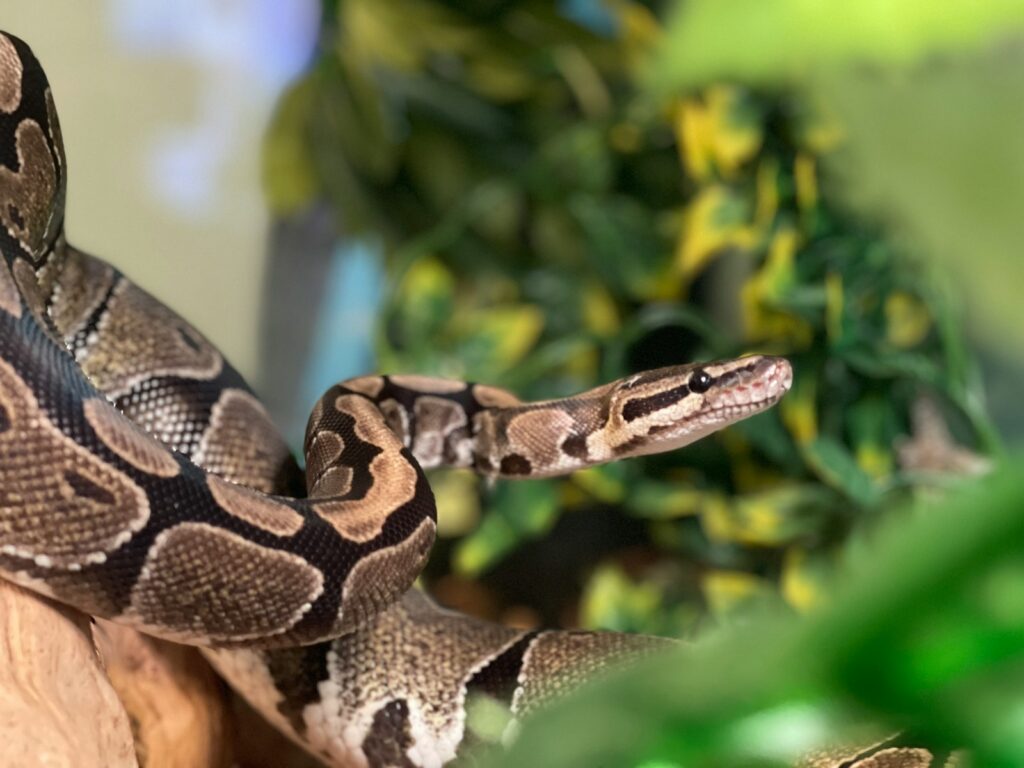
When comparing the nutritional value of live versus frozen-thawed prey, scientific evidence indicates negligible differences when proper freezing and thawing protocols are followed. The freezing process preserves the nutritional content of the rodent, including essential proteins, fats, vitamins, and minerals that ball pythons need. Some keepers observe that frozen prey may have slightly less moisture, which can be addressed by proper thawing techniques. In some cases, commercially produced frozen feeders may come from facilities where the rodents receive consistent nutrition themselves, potentially making them more nutritionally uniform than live prey from varied sources. The key factor affecting nutrition is not whether the prey is live or frozen, but rather the overall quality of the prey animal, its size appropriateness for the snake, and proper storage and preparation of frozen items.
Converting Reluctant Feeders to Frozen-Thawed

Many ball python owners face challenges when attempting to transition a snake from live to frozen-thawed prey, as these snakes can be notoriously finicky eaters. Successful conversion typically requires patience and various techniques to enhance the appeal of pre-killed prey. Warming the thawed rodent to slightly above room temperature using a hair dryer or warm water (never microwave) can increase its attractiveness by enhancing its thermal signature. Some keepers find success with the “brain scent” technique, which involves slightly exposing the rodent’s brain to release stronger feeding cues. Creating movement by dangling and “dancing” the prey with feeding tongs can trigger the snake’s hunting response. For particularly stubborn individuals, scenting the frozen prey with bedding from a live rodent cage or using specialized commercial scent products can provide the additional stimulus needed to encourage acceptance.
Proper Thawing and Preparation Techniques

The way frozen prey is thawed and presented can significantly impact a ball python’s feeding response and ensure the prey remains safe for consumption. Thawing should always be done gradually, either by moving the frozen prey from freezer to refrigerator for 24 hours or thawing at room temperature for several hours. Never use a microwave, as this can create hot spots that might burn your snake internally while leaving other parts still frozen. After thawing, warming the prey to approximately 98-100°F (37-38°C) simulates the body temperature of a live rodent and makes it more attractive to your snake. Thoroughly dry the prey after warming in water, as excess moisture can reduce scent and potentially cause your snake to reject the meal. Always use feeding tongs to present the prey, maintaining at least 12 inches of distance between your hand and the snake to prevent accidental bites.
Special Considerations for Different Life Stages
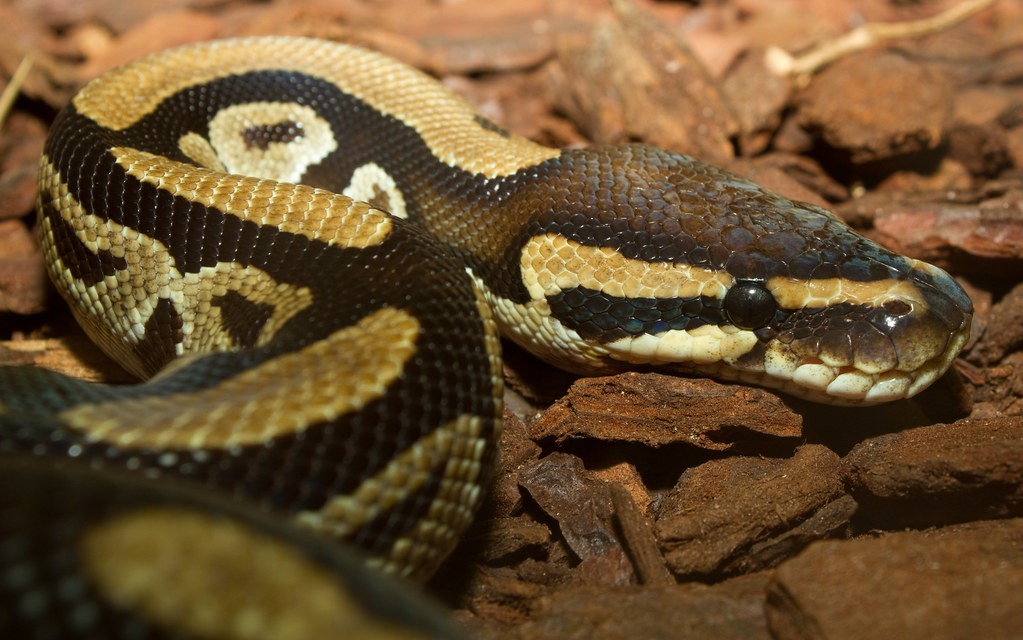
Ball pythons of different ages and sizes have varying feeding requirements that may influence the live versus frozen decision. Hatchlings and juvenile ball pythons sometimes show stronger preferences for live prey due to their heightened feeding response as growing animals. During breeding season, female ball pythons may become more selective about prey, occasionally preferring live food when building up resources for egg production. Elderly ball pythons sometimes experience diminished sensory perception, which might require the enhanced stimuli of live prey or particularly careful preparation of frozen items. That said, most ball pythons at any life stage can be successfully maintained on an appropriate frozen-thawed diet with proper techniques, and age-specific preferences can usually be overcome with patience and proper preparation methods.
Legal and Practical Considerations

Beyond the ethical and practical aspects of the feeding debate, legal constraints may influence your decision in some locations. Certain jurisdictions have enacted laws restricting or prohibiting live feeding of vertebrate prey to reptiles, considering it a form of animal cruelty unless absolutely necessary for the snake’s survival. While these laws aren’t universal, they reflect growing societal concerns about animal welfare in all contexts. From a practical standpoint, maintaining live rodents requires additional space, equipment, and care compared to storing frozen prey in a dedicated freezer. Live rodents need appropriate housing, bedding, food, water, and regular cleaning, adding significant work and expense to snake keeping. These practical considerations often lead even keepers who might philosophically prefer live feeding to opt for the convenience and simplicity of frozen prey.
Addressing Common Myths and Misconceptions
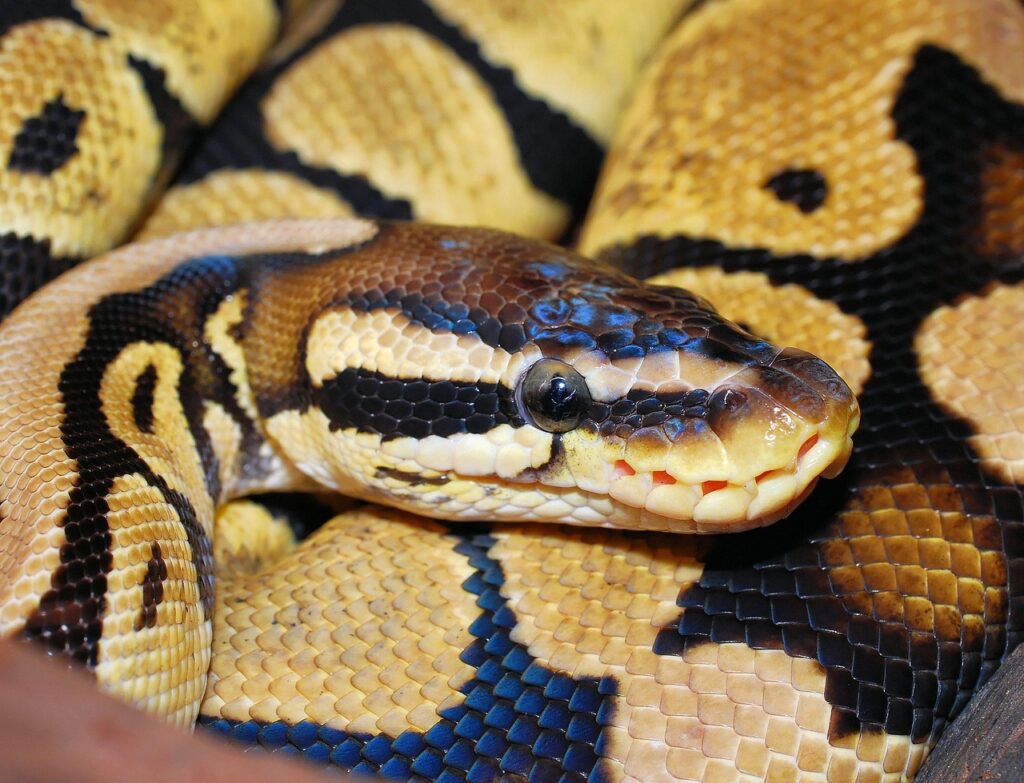
The debate around feeding methods is unfortunately clouded by several persistent myths that deserve clarification. One common misconception is that ball pythons “need” live prey to remain healthy or express natural behaviors, yet thousands of thriving captive specimens maintained exclusively on frozen-thawed diets contradict this claim. Another myth suggests that frozen-thawed prey is less nutritious, but research has demonstrated that properly handled frozen rodents retain equivalent nutritional value. Some believe that snakes fed live prey are more “active” or display more natural behaviors, but no scientific evidence supports behavioral differences between snakes fed live versus frozen diets. Perhaps the most dangerous myth is that live feeding is completely safe if supervised, whereas even vigilant keepers cannot always prevent lightning-fast injuries that can occur when prey animals fight for their lives.
When Live Feeding May Be Necessary
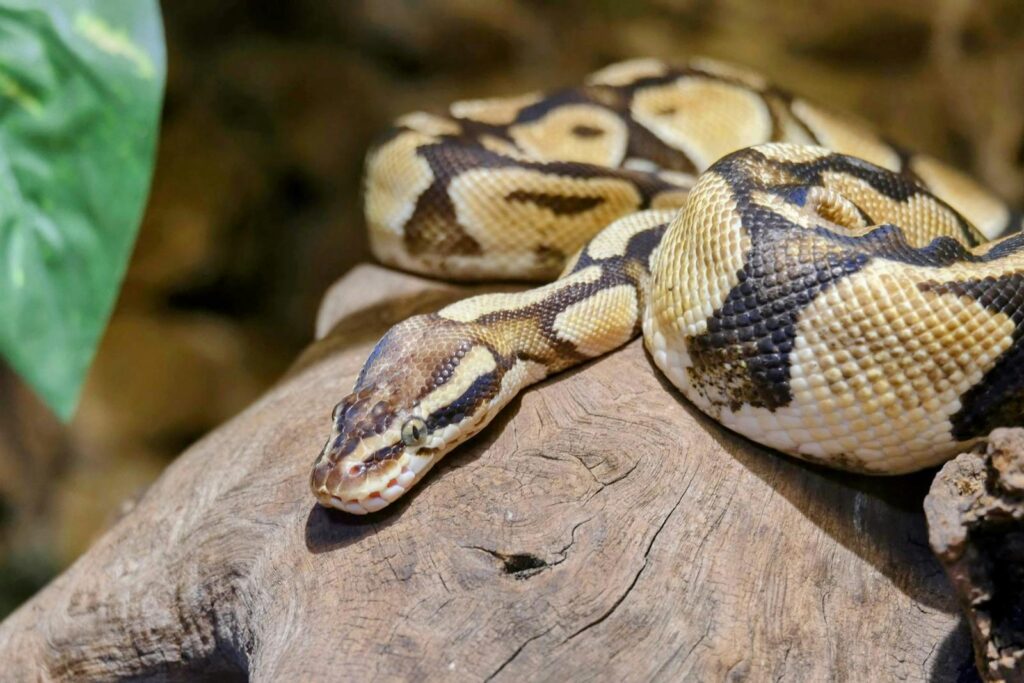
While frozen-thawed feeding is generally preferred, certain situations may necessitate temporary or permanent live feeding for specific individuals. Some wild-caught specimens demonstrate extreme reluctance to transition to pre-killed prey despite all intervention techniques, though these cases are increasingly rare as most pet ball pythons today are captive-bred. Medically compromised or severely underweight snakes might sometimes be offered live prey under veterinary guidance as a last resort when all other feeding methods have failed. Breeding females who refuse frozen prey during breeding season might occasionally be given live food to maintain their condition, though many breeders successfully maintain their colonies entirely on frozen-thawed diets. In these exceptional cases, keepers should still prioritize safety by choosing appropriately sized prey, never leaving the snake unattended during feeding, and continuously attempting to transition to safer feeding methods whenever possible.
Expert Opinions and Veterinary Perspectives
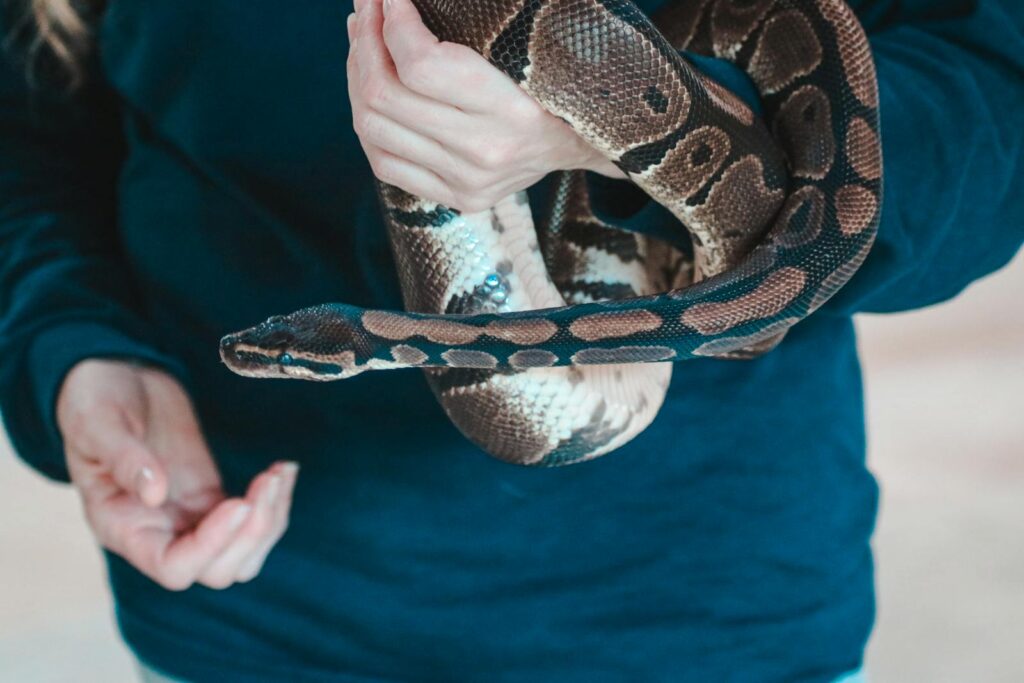
The overwhelming consensus among reptile veterinarians and herpetological experts favors frozen-thawed feeding for captive ball pythons. The Association of Reptile and Amphibian Veterinarians explicitly recommends pre-killed prey for safety and welfare reasons, noting that injuries from live prey represent a significant percentage of preventable snake veterinary emergencies. Prominent herpetologists who study python behavior note that captive environments already differ substantially from natural habitats in numerous ways, and feeding method is just one of many adaptations that benefit captive animals. Most professional breeders and collections, including major zoos and research institutions, have standardized on frozen-thawed protocols for their snake collections, citing safety, practicality, and animal welfare. These expert perspectives are based on decades of collective experience and observation of thousands of specimens maintained under various feeding regimens.
Conclusion: Making an Informed Decision
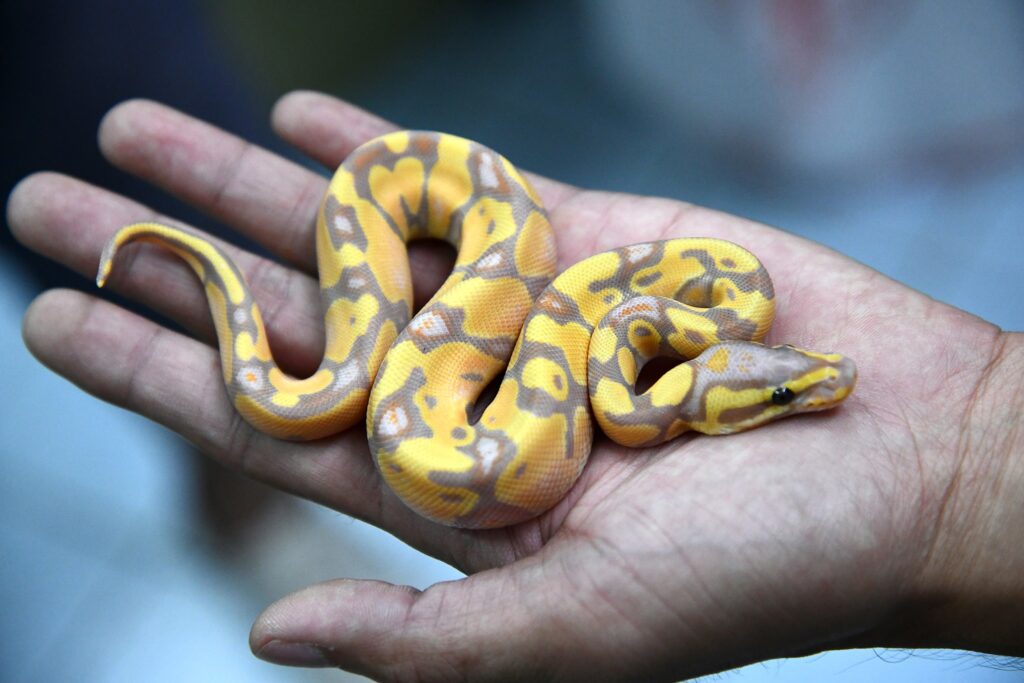
The debate between live and frozen-thawed feeding ultimately requires each ball python keeper to weigh various factors including safety, ethics, practicality, and their individual snake’s needs. The preponderance of evidence and expert opinion strongly supports frozen-thawed feeding as the preferred method for most captive situations, offering equivalent nutrition with significantly reduced risks. For reluctant feeders, persistence with proper thawing and presentation techniques usually succeeds over time. Whatever feeding method you choose, the decision should prioritize the long-term health and welfare of your snake while acknowledging the welfare considerations for prey animals. With proper care and attention to feeding practices, ball pythons can thrive in captivity for 20-30 years or more, making this aspect of husbandry an important investment in your pet’s lifetime wellbeing.


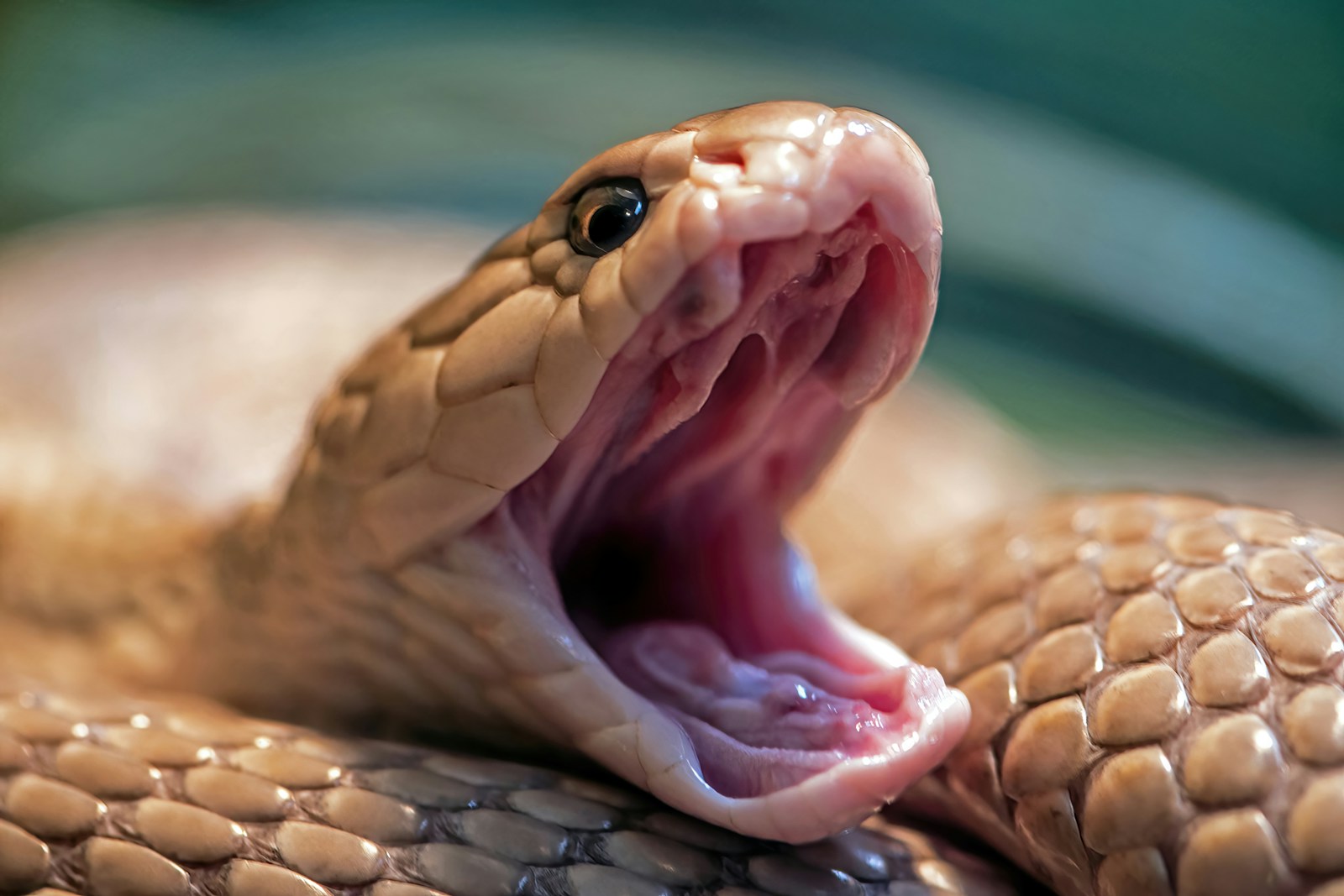


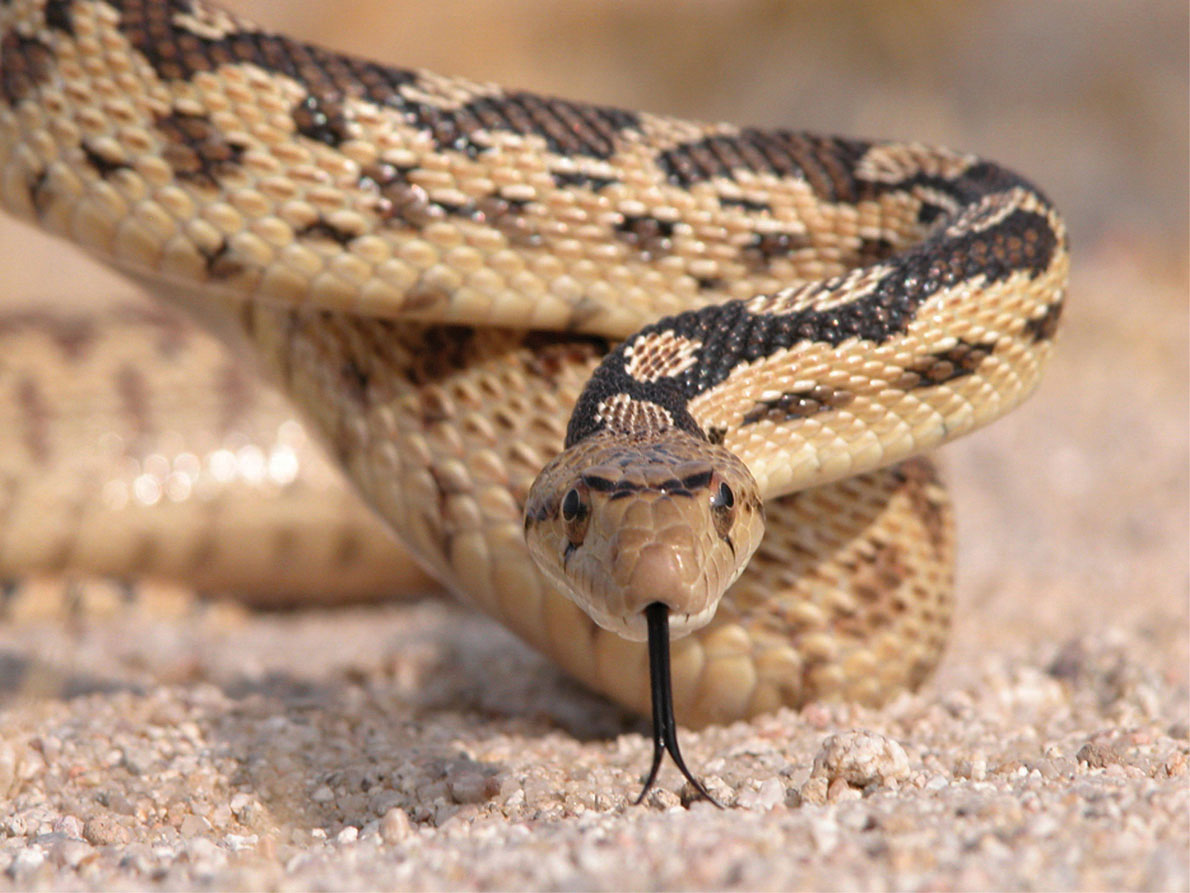
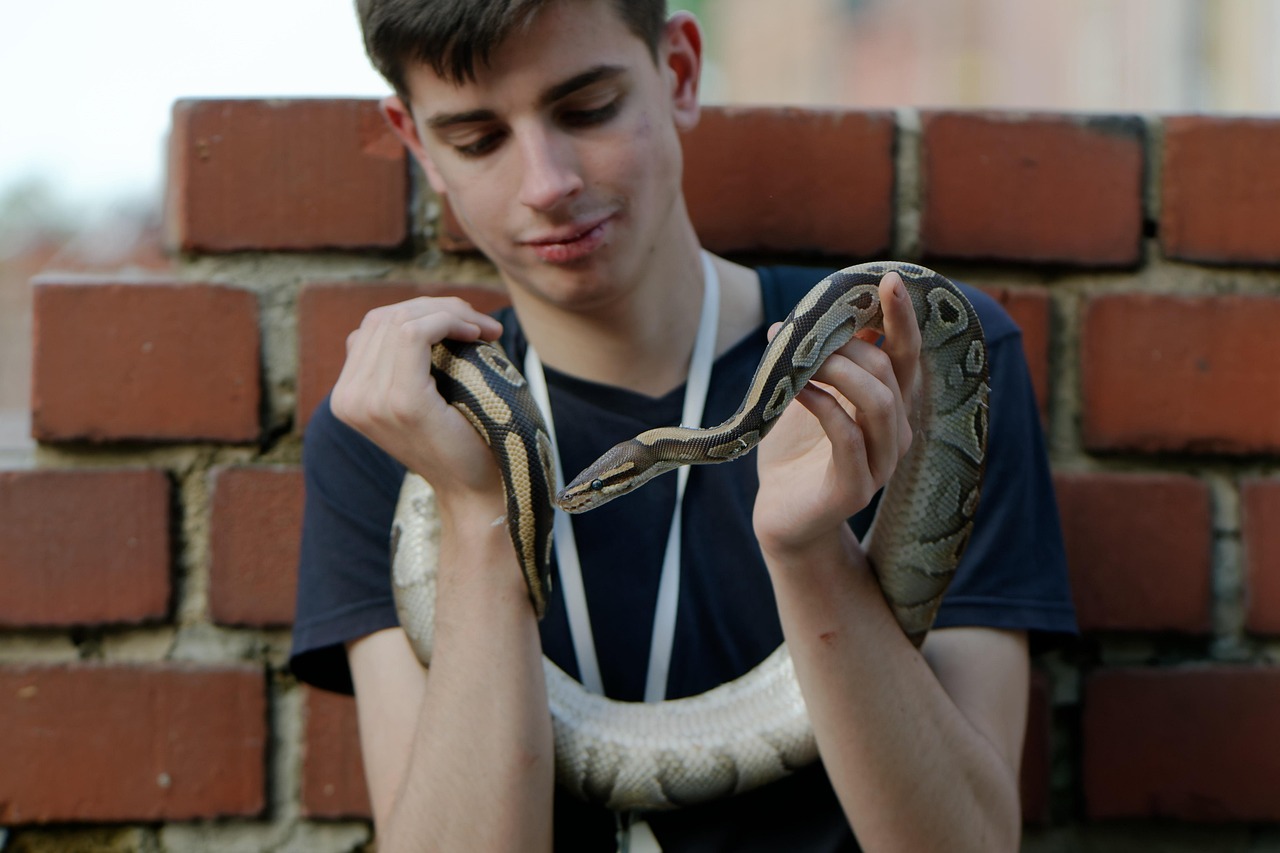
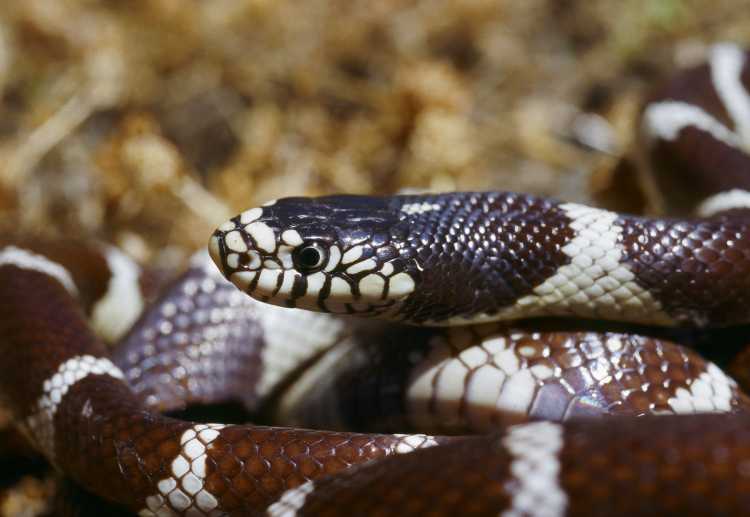
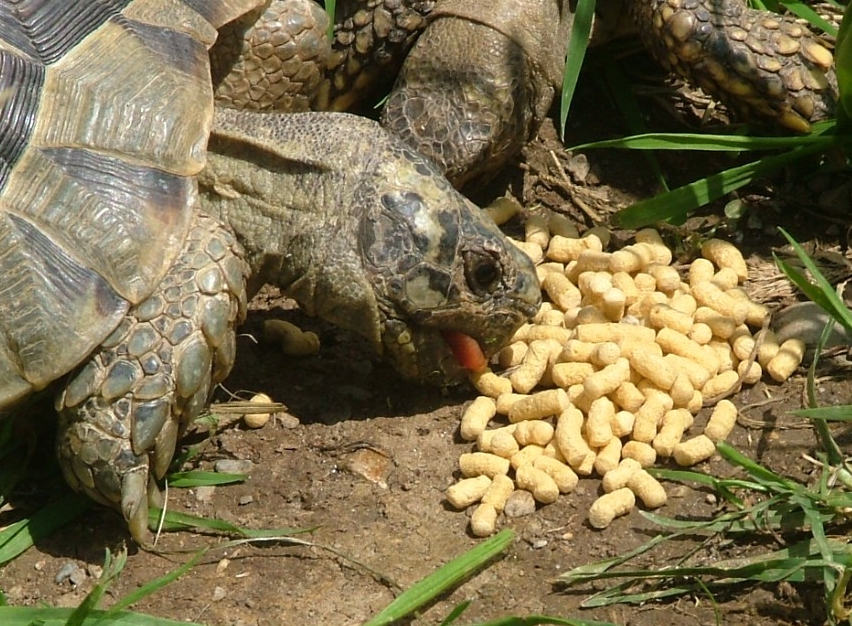
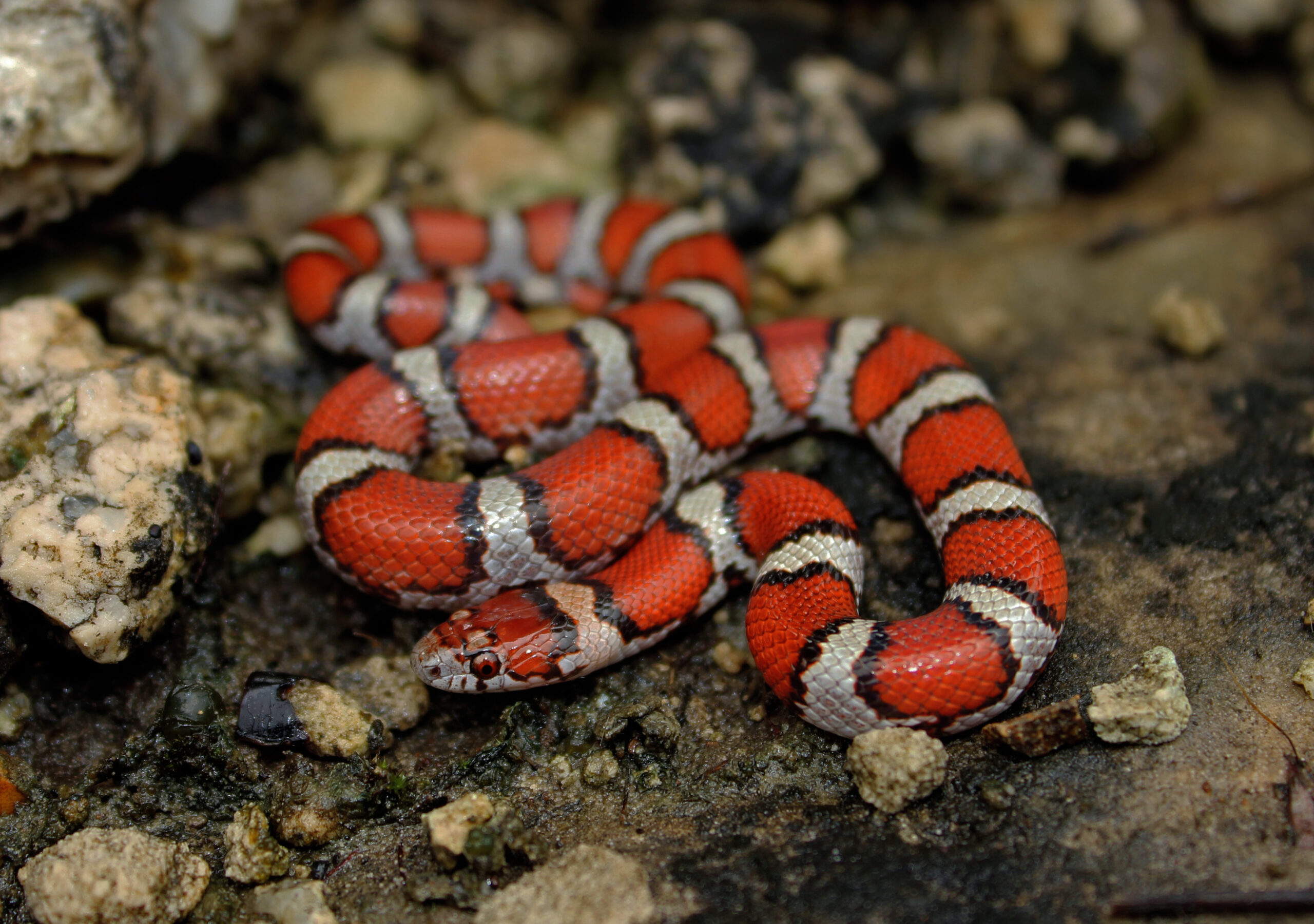

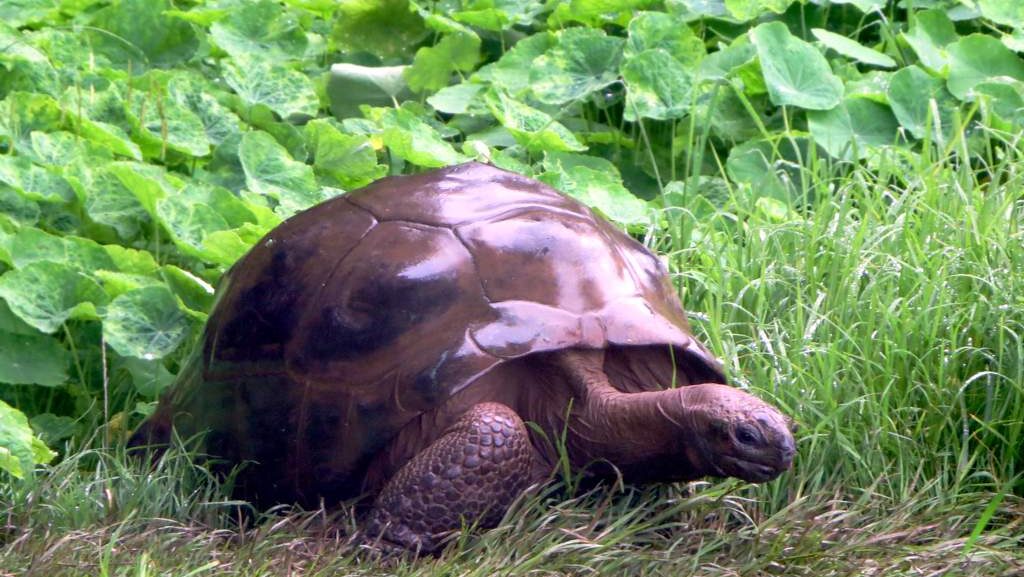




Leave a Reply